Our Blog
-
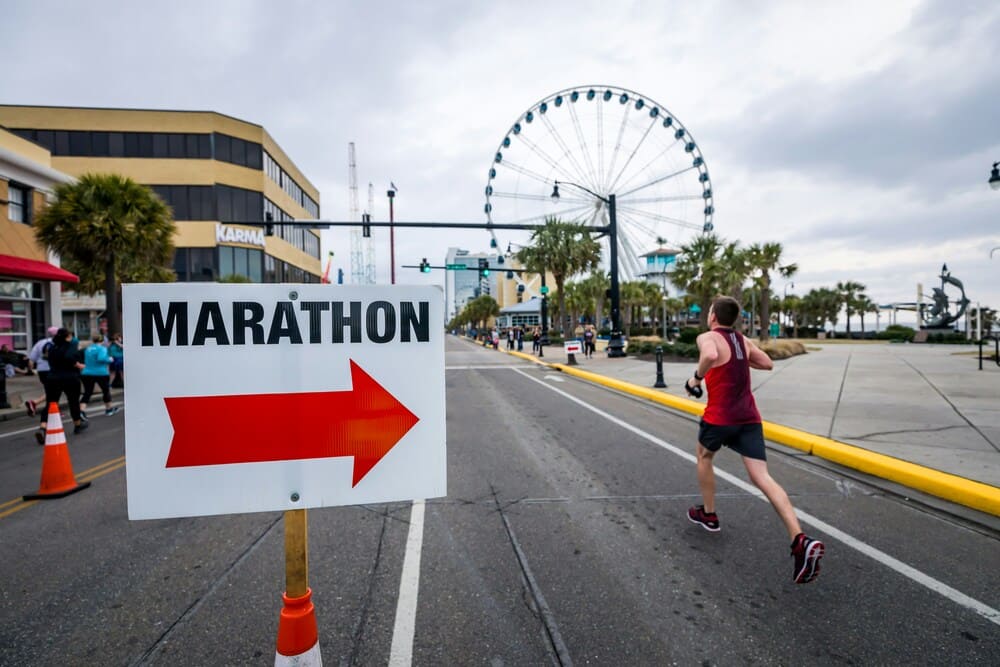
The 10 Most Iconic Running Races in the World
Running races have been a fundamental part of sports for centuries, offering athletes an opportunity to test their limits, showcase their skill, and achieve personal milestones. Across the globe, some races have built a legacy that stretches far beyond the finish line, drawing top athletes and spectators alike. Among these, the most iconic races stand
-

Pacing Strategies for Race Day: How to Avoid Starting Too Fast or Too Slow
On race day, one of the most important aspects of ensuring a successful performance is pacing. Whether you’re running a short 5K or tackling a marathon, getting the pacing right can make or break your race. Many runners struggle with maintaining an optimal pace, either starting too fast and burning out early or holding back
-
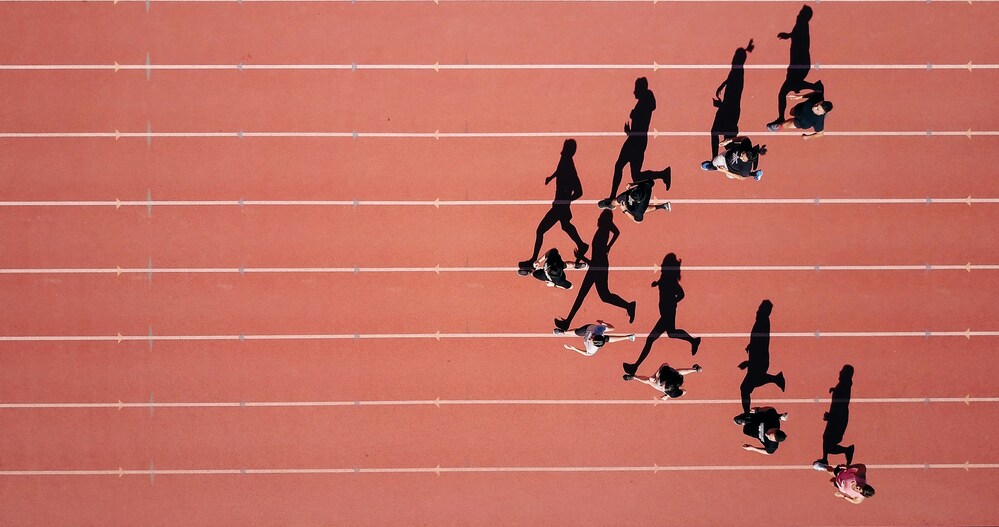
Top 10 Fastest Road Races in History: A Statistical Breakdown
Road races have long captivated audiences worldwide. From classic marathons to shorter, fast-paced events, elite runners consistently break barriers and set new records. This article highlights the fastest times ever recorded in road races and analyzes the factors contributing to these impressive feats, including course conditions, athlete profiles, and training techniques. The Evolution of Speed
-
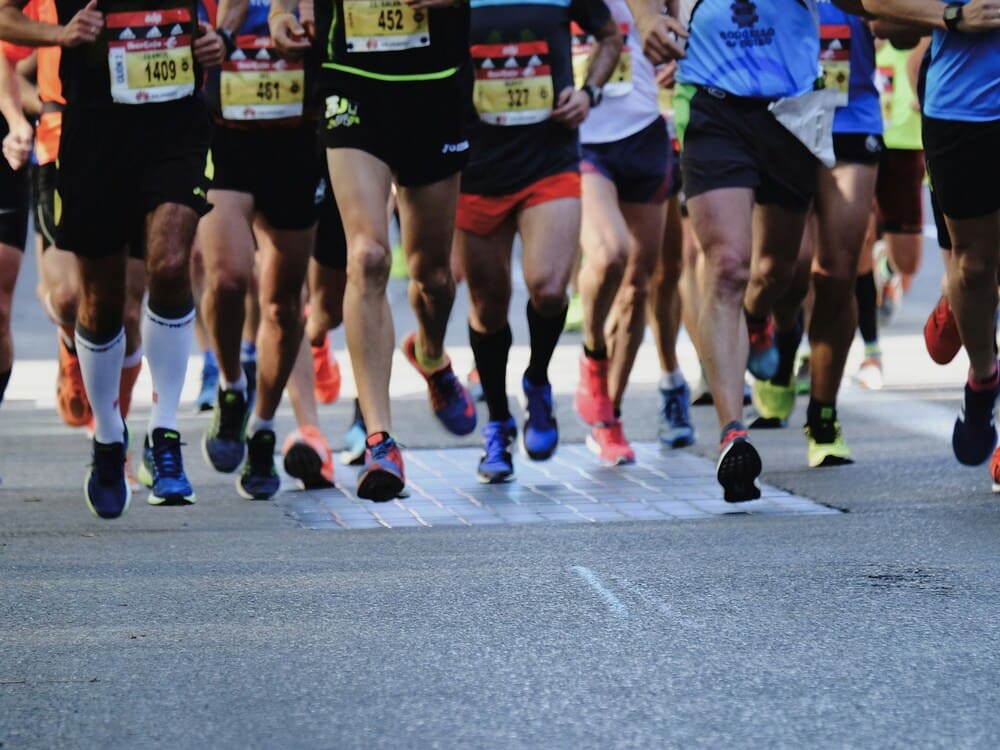
National Records – 5000 Meters Outdoor Track
The 5000 meters is a middle-distance track event that tests an athlete’s endurance, speed, and strategic pacing. As one of the most widely contested distances in outdoor track and field, it demands not only physical prowess but also mental focus to maintain a consistent and efficient pace over 12.5 laps. This article examines the national
-
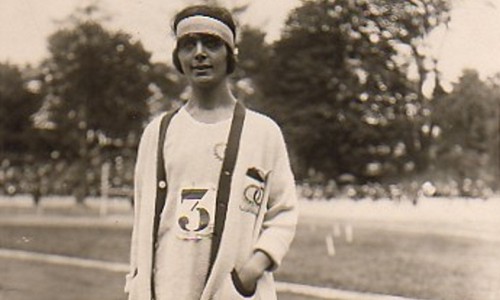
Equality for Women?
The growth of women’s distance running has frequently been distorted and constrained by the male-dominated athletics establishment. Unfortunately, some women accepted and even supported these limitations, which resulted in generations missing out on opportunities for greatness, leaving their potential unrecognized. During World War I, women took on roles traditionally held by men. Having stepped outside
-
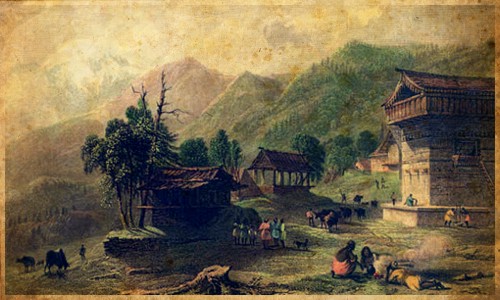
How the British Empire mapped the Himalayan region in the 1860’s
According to Peter Hopkirk in The Great Game (OUP, Oxford, 1991), “The concept of employing native explorers for covert surveys in lawless territories beyond India’s frontiers arose due to the Viceroy’s strict prohibition on British officers entering those regions. Consequently, the Survey of India, responsible for creating maps of the entire subcontinent and adjacent areas,
-
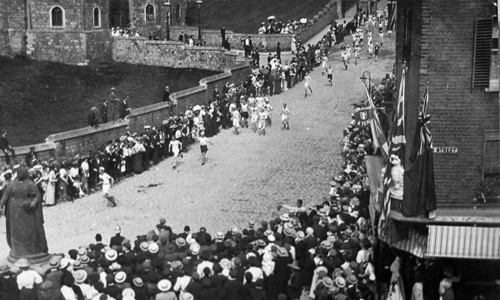
The Origins of the Marathon
To many, the marathon race is thought to have begun in 1896, yet its history is far older. Ignoring the Pheidippides legend, the original Olympic marathon distance was more than a matter of geography; it represented the stretch from Marathon to Athens. The recognized distance today is 42.195 km (26 miles 385 yards), but for
-
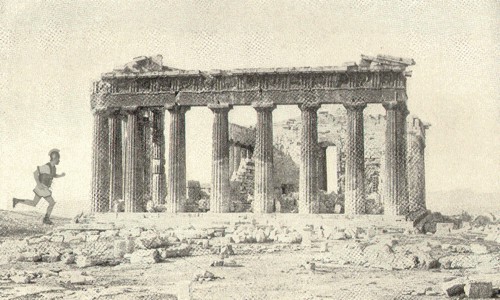
Did Pheidippides Run a Marathon?
To many people, any road race from 10km and longer is simply referred to as a “marathon.” The term has become so embedded in everyday language that it now describes any lengthy activity. This association stems from the tale of a runner in Ancient Greece who reportedly ran from Marathon to Athens, collapsing upon arrival.
-
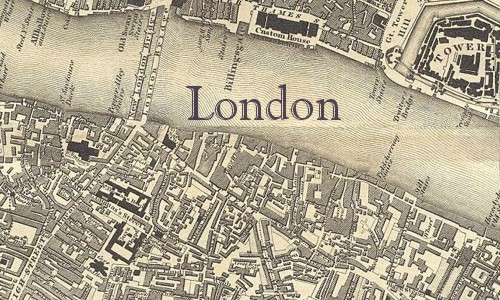
The Pioneering Years of International Athletics
During the Georgian era, from 1760 to the 1820s, there are only a few records of English athletes interacting with overseas competitors. There are occasional references, such as Levi Whitehead winning five Queen Anne’s guineas from a field of ten that included ‘the famous Indian’ and ‘Long Joe’ in 1794, who failed in an attempt
-
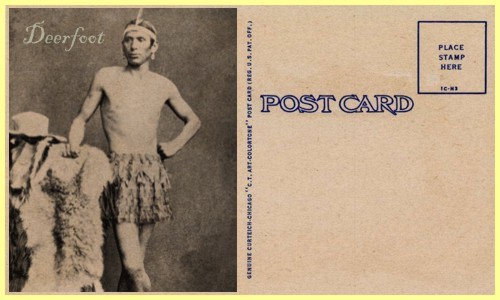
Got an Hour to Spare?
Running for an hour holds a unique fascination for distance runners, balancing the intensity of a short sprint with the endurance required for long-distance running. Unlike the grueling demands of ultra-endurance challenges, a 60-minute run offers a sweet spot—demanding enough to test an athlete’s physical and mental resilience but not so extreme that it becomes